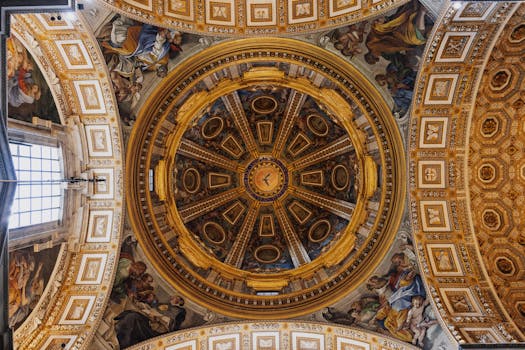
Traveling Through Time: How Europe’s Historical Heritage Shapes Modern Lifestyles in 2025
Traveling Through Time: How Europe’s Historical Heritage Shapes Modern Lifestyles in 2025. Europe, a continent steeped in history and culture, has a unique ability to transport us through time. From the ancient ruins of Greece and Rome to the medieval castles of England and France, Europe’s historical heritage is a treasure trove of inspiration for modern lifestyles. In this article, we will explore how Europe’s rich history continues to shape modern lifestyles in 2025, from architecture to art and culture.
Introduction to Europe’s Historical Heritage
Europe’s historical heritage is a rich tapestry of cultures, empires, and events that have shaped the continent over thousands of years. From the Renaissance to the Industrial Revolution, Europe has been at the forefront of human innovation and progress. Today, this heritage continues to influence modern lifestyles in subtle yet profound ways. Whether it’s the design of our cities, the art we create, or the festivals we celebrate, Europe’s historical heritage is an integral part of our daily lives.
Architecture and Urban Planning
One of the most visible ways in which Europe’s historical heritage shapes modern lifestyles is through architecture and urban planning. Many European cities, such as Paris, Rome, and Barcelona, are designed around historic landmarks and monuments. These cities have evolved over centuries, with each generation adding its own unique touch to the urban landscape. As a result, European cities are often characterized by a mix of old and new, with ancient buildings standing alongside modern skyscrapers. This blend of styles creates a unique and dynamic urban environment that is both functional and aesthetically pleasing.
Art and Culture
Europe’s historical heritage has also had a profound impact on modern art and culture. From the works of Shakespeare to the paintings of Van Gogh, European art has been shaped by the continent’s rich cultural heritage. Today, this legacy continues to inspire artists, writers, and musicians, who draw upon Europe’s historical heritage to create new and innovative works. Whether it’s a play performed in a medieval castle or a modern art installation in a former industrial site, Europe’s historical heritage provides a rich source of inspiration for creative expression.
Food and Drink
Food and drink are also an important part of Europe’s historical heritage, with many traditional dishes and beverages still enjoyed today. From the wine of Italy to the beer of Germany, European cuisine is renowned for its diversity and richness. Many modern restaurants and cafes draw upon this heritage, serving traditional dishes with a modern twist. Similarly, European festivals and celebrations, such as Oktoberfest and Carnival, are still an integral part of modern lifestyles, providing a unique opportunity to connect with the past and enjoy good food, drink, and company.
Conclusion
In conclusion, Europe’s historical heritage continues to shape modern lifestyles in 2025 in a multitude of ways. From architecture and urban planning to art and culture, food and drink, Europe’s rich history provides a unique source of inspiration for modern lifestyles. As we look to the future, it is essential that we preserve and protect this heritage, ensuring that it continues to thrive and evolve for generations to come. By embracing our shared history and cultural heritage, we can create a brighter, more sustainable future for all.





